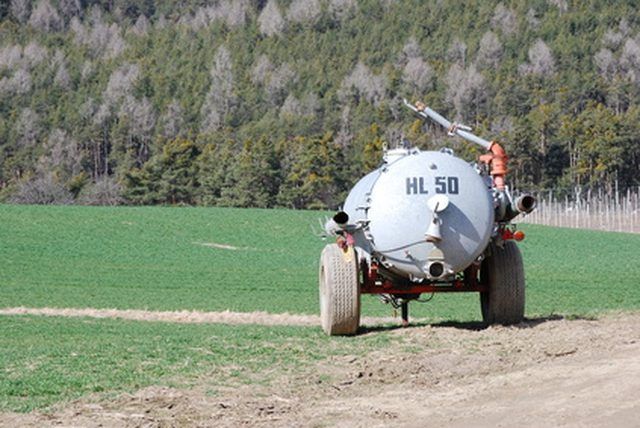Bulbs
Flower Basics
Flower Beds & Specialty Gardens
Flower Garden
Garden Furniture
Garden Gnomes
Garden Seeds
Garden Sheds
Garden Statues
Garden Tools & Supplies
Gardening Basics
Green & Organic
Groundcovers & Vines
Growing Annuals
Growing Basil
Growing Beans
Growing Berries
Growing Blueberries
Growing Cactus
Growing Corn
Growing Cotton
Growing Edibles
Growing Flowers
Growing Garlic
Growing Grapes
Growing Grass
Growing Herbs
Growing Jasmine
Growing Mint
Growing Mushrooms
Orchids
Growing Peanuts
Growing Perennials
Growing Plants
Growing Rosemary
Growing Roses
Growing Strawberries
Growing Sunflowers
Growing Thyme
Growing Tomatoes
Growing Tulips
Growing Vegetables
Herb Basics
Herb Garden
Indoor Growing
Landscaping Basics
Landscaping Patios
Landscaping Plants
Landscaping Shrubs
Landscaping Trees
Landscaping Walks & Pathways
Lawn Basics
Lawn Maintenance
Lawn Mowers
Lawn Ornaments
Lawn Planting
Lawn Tools
Outdoor Growing
Overall Landscape Planning
Pests, Weeds & Problems
Plant Basics
Rock Garden
Rose Garden
Shrubs
Soil
Specialty Gardens
Trees
Vegetable Garden
Yard Maintenance
How to Mix Atrazine
How to Mix Atrazine. The herbicide atrazine is an odorless chemical used in grassy weed management on large farms and agricultural propagators. It is soluble in water and comes in a white powder. Atrazine is under careful control by the U.S. Environmental Protection Agency and only trained personnel can obtain, mix and dispense it in strict...

The herbicide atrazine is an odorless chemical used in grassy weed management on large farms and agricultural propagators. It is soluble in water and comes in a white powder. Atrazine is under careful control by the U.S. Environmental Protection Agency and only trained personnel can obtain, mix and dispense it in strict adherence with the rules that apply to the product. It is used on over 65 percent of the corn and grain sorghum crops in the United States. Without atrazine the loss to farmers from reduced crop yield would be an estimated $1 billion, according to the University of Missouri Extension.
Things You'll Need
Herbicide sprayer(s)
Herbicide mixers
Water
Gloves, masks, other protective equipment
Atrazine bags
Precise measurement scales or dry volume indicator for exact amount of each setting application.
Follow the instructions on the package. Atrazine is mixed with water. Mix only what is needed for your setting. Do not add more than the package calls for in order to avoid contamination of the groundwater. Avoid application in heavy rains to keep runoff to a minimum. Also, tillage will assist in curbing the amount of atrazine lost to runoff.
Maintain buffer zones of 100 feet or greater when mixing atrazine. Calibrate your pressuring equipment to ensure accurate mixes of atrazine and water in your tank. Make sure you use the 100-foot buffer rule for any farm ponds, wells, sinkholes, standing water, reservoir, stream, marsh or wetland, river or lake.
Dispose of empty herbicide bags by reading instructions on the package. Triple rinse any contaminated equipment and spray equipment backwash into the tank. Avoid any spillage on the ground or other surfaces. Mix only what is needed for your immediate application. Do not let rinse water run onto the ground because it is a hazardous waste. Prevent back-siphoning by keeping the end of the water fill hose above the water level in the spray tank at all times.
Tips & Warnings
Keep all atrazine products together and sealed in plastic. Clearly mark and keep them out of the way of children and animals.
Keep up with the latest information from your agricultural agent and farm bureau for updates on atrazine and its application.
Do not apply in high winds where the stream can not be controlled. Heavy rain will cause product to be carried away from the point of application.
Avoid smoking or eating when applying atrazine.
Since 2004, the European Union has banned the use of atrazine. It has poisonous effects on humans, including endocrine effects, carcinogenic and low sperm counts. It is considered a hazardous waste, according to the United States and state laws.